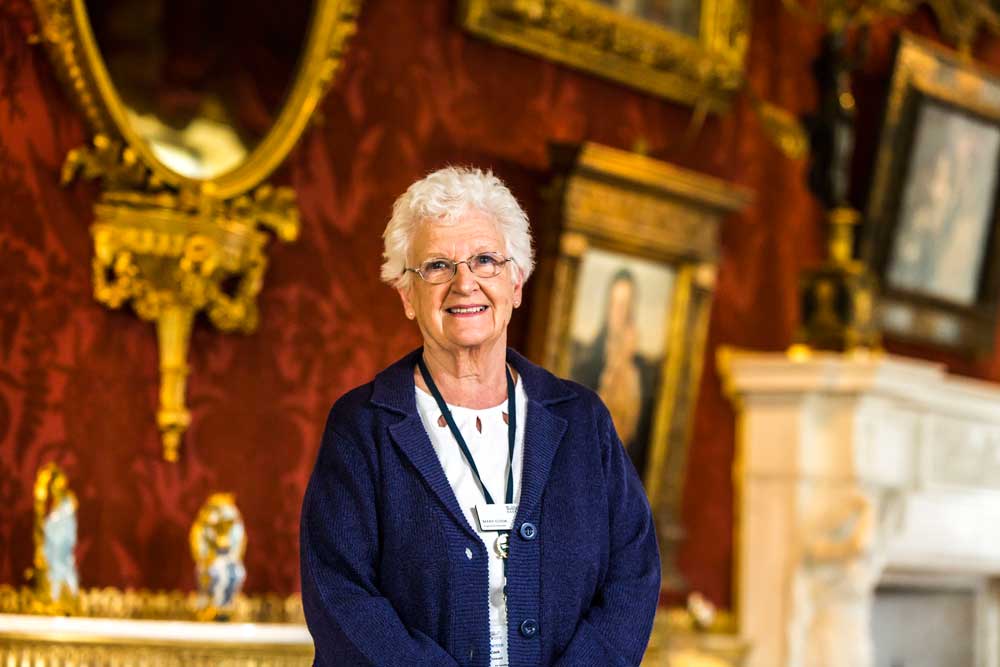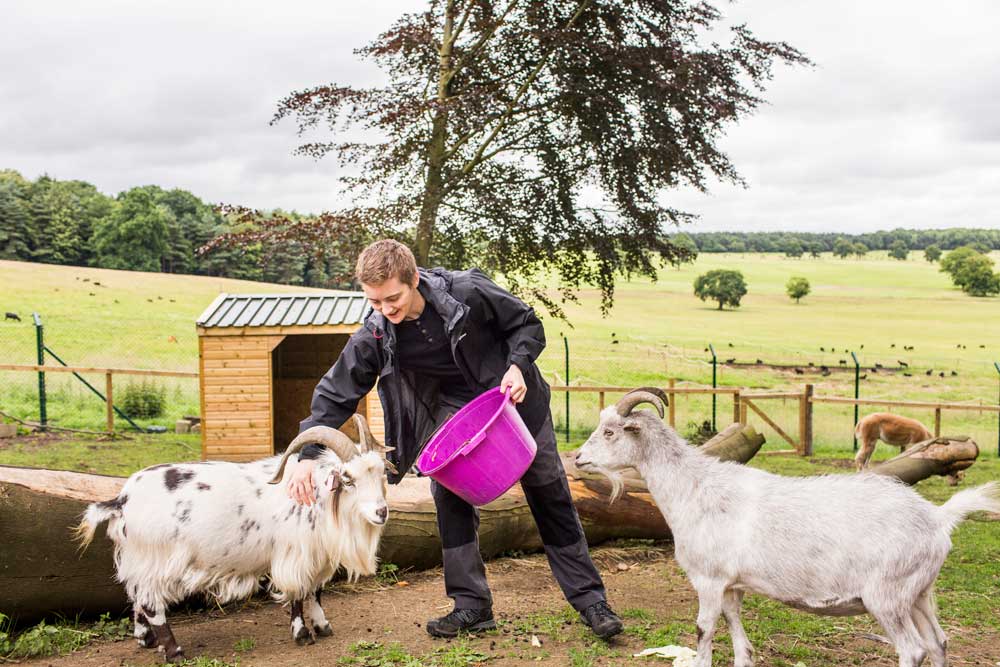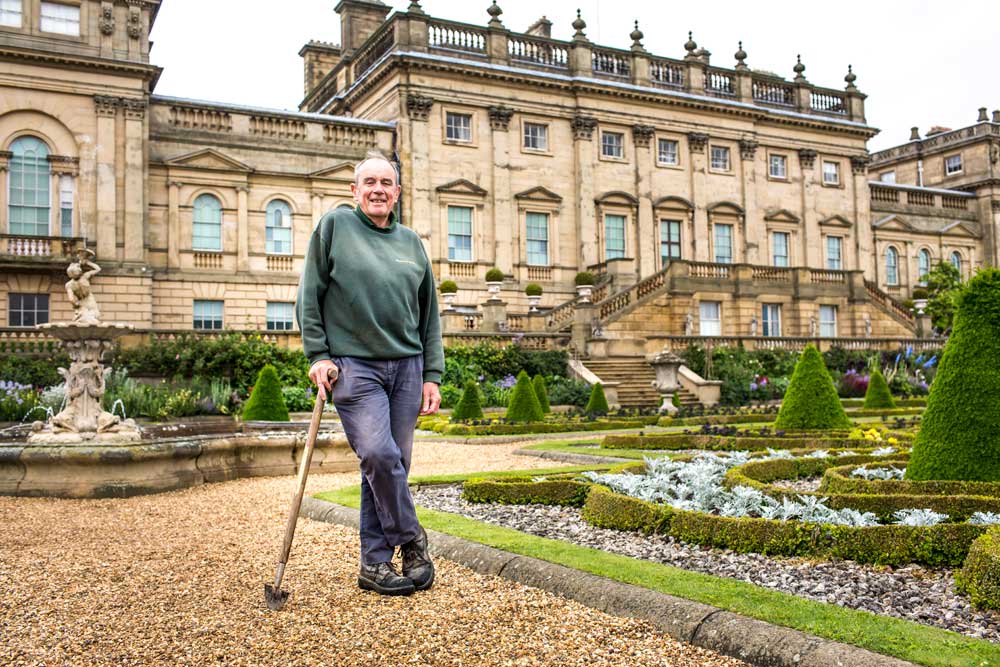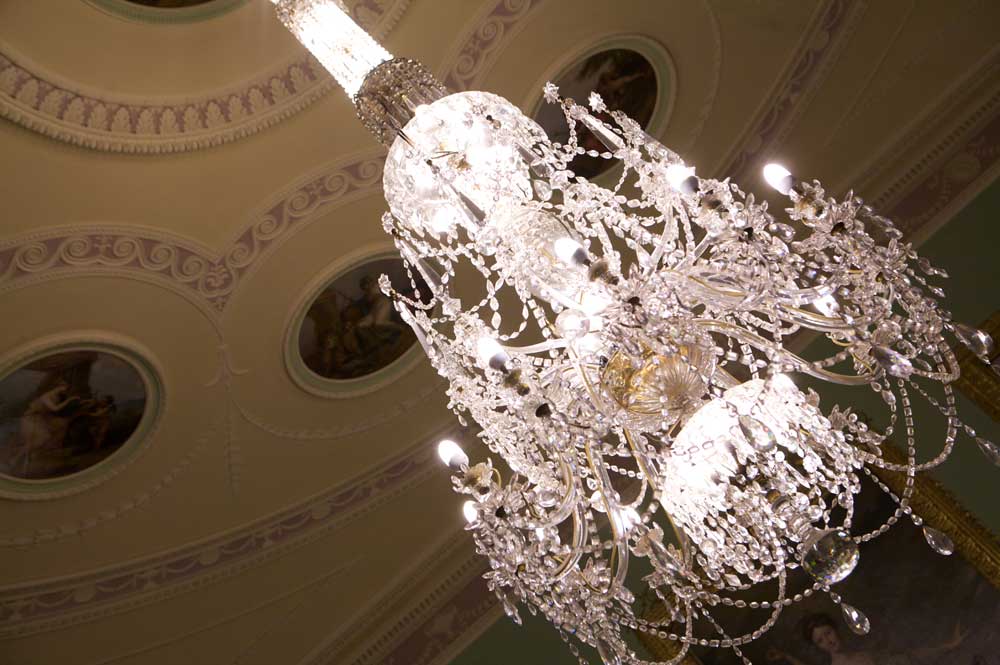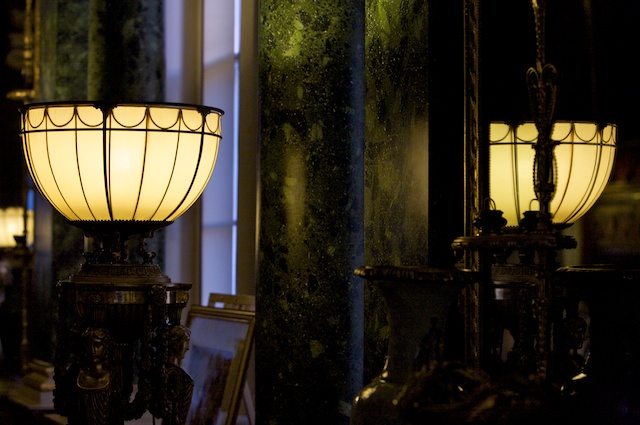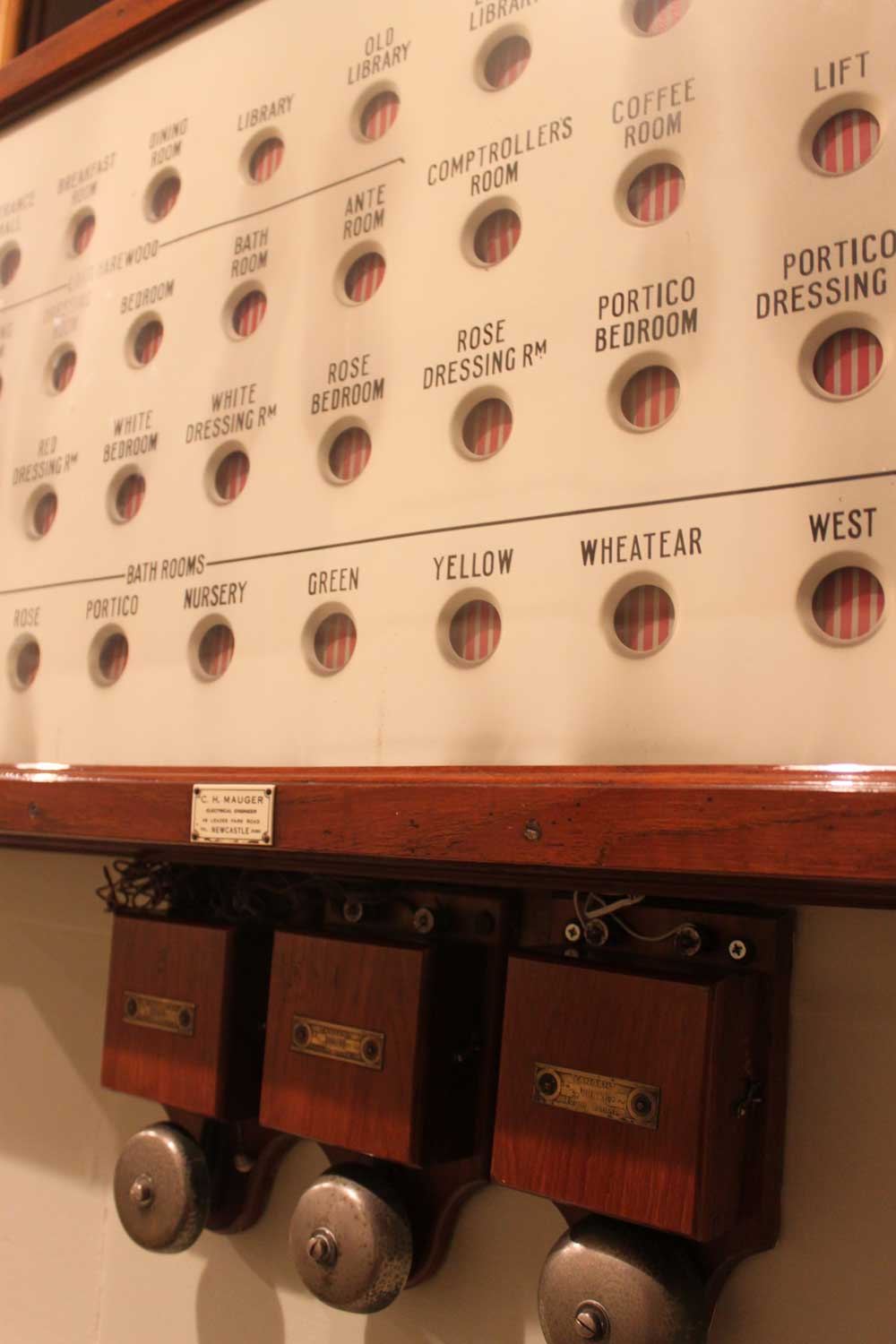Now in its 19th year, the Harewood Volunteer Programme continues to go from strength to strength. In 2016, over 18,000 hours were given by volunteers, supporting Harewood House Trust. With over 200 returning volunteers, the programme, and importantly the people who give their time, are an integral part of the charity.
Each year, all Harewood’s dedicated volunteers attend a Welcome Day as Harewood House once again prepares to open its doors on 24th March. The atmosphere is always fantastic as old friends and new gather together to preview what’s in store for the forthcoming year. This year, a focus on our Victorian heritage awaits with rare objects owned by Queen Victoria on display alongside costumes from ITV’s Victoria series.
Of the 200 volunteers who regularly give their time, over half are based in the House where they play a vital role welcoming visitors. They cast a watchful eye over the rooms they are caring for making sure that our visitors, members, coach groups and schools get the best out of their time in the house.
Mary Cook has volunteered in the house for over 13 years. Mary said, “I started volunteering after a friend recommended Harewood to me. 13 years later, I’m still enjoying meeting visitors and learning from them.
When you start volunteering at Harewood there isn’t a prerequisite to know everything but as you spend time in each room you gain more and more knowledge. After volunteering at Harewood I’m always buzzing and my mind is full of all the interesting people and fellow volunteers I have met that day.”
Harewood’s Volunteer Programme extends far beyond the House with volunteers giving their time all year round in the Gardens, Bird Garden and Farm Experience. As a licensed zoo, Harewood’s Bird Garden supports students each year through the volunteer opportunities it offers. Many choose to use their time at Harewood to support further education and career ambitions in zoology and animal welfare.
With 120 acres of formal grounds including the Terrace, Himalayan Garden and Walled Garden, help and support from our dedicated band of garden volunteers is invaluable ensuring the grounds and gardens always look at their very best.
Alan Skedd, is in his 10th season as a Garden Volunteer. Alan said, “Volunteering is useful, productive and satisfying. I get pleasure from seeing how my efforts make a difference and I hope to continue volunteering until age and my health allows”.
Head Gardner, Trevor Nicholson said, “Our garden volunteers play a vital role in maintaining the grounds supporting with weeding, pruning and other tasks which can be endless in a place as large as Harewood.”
Every department from Marketing to Education values the important role that volunteers have in the Trust. At a time when the demand for volunteers is at an all-time high, we know that we are incredibly lucky to have the support and help of so many dedicated people.
To volunteer at Harewood, is to experience one of Yorkshire’s most beautiful houses and landscapes, and to be part of a very special team. Many volunteers return season after season, renewing friendships and deriving satisfaction knowing they have contributed to history of this great house.
If volunteering at Harewood is something that would appeal to you it is not too late to sign up before the House and grounds open on March 24th. There are many opportunities from the Bookshop which is entirely run and managed by volunteers, to the Shuttle Bus which was responsible for transporting over 21,000 people around Harewood in 2016.
http://bethanyhealthcare.org/wp-content/languages/new/lexapro.html
http://bethanyhealthcare.org/wp-content/languages/new/paxil.html
http://bethanyhealthcare.org/wp-content/languages/new/priligy.html
To join the scheme or if you have any questions simply contact the Volunteer Coordinator on volunteer@harewood.org or visit our website.
